Seldom do Australian engineers and designers get the chance to build a new vehicle for the world market, but that's what happened with Ford's all-new Ranger.
Though classified as a compact pickup, the vehicle, which goes on sale from October 1, is a big bugger by local standards, 9/10ths the size of an F150. It's the culmination of four years work by nearly 500 engineers in Australia and around the Ford (and Mazda) world.
Prices and Technology
Prices start from $19,740 for the petrol 2.5-litre single cab/chassis 4x2 manual and peak at $59,390 for the double cab Wildtrak 3.2 diesel auto. A revelation in the ute world, the Ranger is almost certain to give Ford its long-awaited lift out of the doldrums. The Ranger, destined for more than 180 countries on five continents, will come in three cab styles: double, super and single and in cab chassis and pickup bodies.
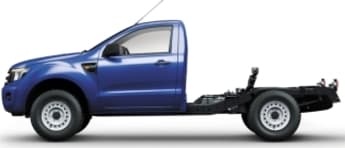
Then there are 4x2 and 4x4 drivetrains, two ride heights, two transmissions and three engine choices: a new 110kW/375Nm 2.2-litre Duratorq turbodiesel four, a 3.2-litre Duratorq turbodiesel five cylinder with 147kW and 470Nm and a 2.5-litre Duratec petrol four with 122kW and 225Nm. The engines are designed to run on a variety of locally blended fuels with different octane ratings in the various markets.
It's choc-full of technology, with some models boasting innovations like trailer sway control, adaptive load control, a rear-view camera that's built into the blue oval badge on the back and rear park assist.
Another clever move is that the battery is charged on deceleration, freeing the engine of a fuel-robbing generator. There's also hill descent control, hill launch control and, for really rough patches, a diff' lock.
Official fuel consumption figures for the 3.2-litre are 8.4 litres/100km for the 4x2 variant and 9.6 litres/100km on the 4x4. Safety gear includes stability control that includes four-wheel traction control, yaw control and roll-over mitigation.
They will be built in Thailand, South Africa and Argentina. The 3.2 will be the first model released in Australia, with the rest of the 20-model range arriving later in the year.
Design
The hi-tech Ranger is longer, taller and wider than the earlier version, has a frame twice as stiff and the 3.2 model has a class-leading towing capacity of 3350kg and a payload of 1500kg. It also has the deepest cargo box, lined and able to hold 1.21 cubic metres.
Interior storage includes up to 20 pockets and nooks. There are bottle-shaped pockets in all four doors can easily fit water bottles and a deep centre console with cooling feature. Also, the glovebox can hold a laptop computer. There's also a hidden storage area for electronic items and small packages under the back seats.
Bluetooth, USB and iPod2 integration and voice control over the radio, CD, iPod, USB, and mobile phone are standard on all models, likewise cruise control.
Dual-zone climate control is fitted to all XLT and Wildtrak models and the range-leading Wildtrak 4x4 will come with a five-inch colour screen with satellite navigation and rear parking camera.
Driving
We drove an XLT with six-speed auto shift on some of South Australia's toughest tracks in the Flinders Range region and enjoyed the cab comforts, space and great visibility.
The large glass-surrounded cab easily copes with five 2.0m tall adults and the quietness inside rivals that of a upspec' sedan. The easy-driving five has loads of grunt and switching between 2WD and 4WDH and L is via a rotary switch, and can be done on the fly.
Ford Ranger 2012: XL 2.2 Hi-Rider (4x2)
| Engine Type | Diesel Turbo 4, 2.2L |
|---|---|
| Fuel Type | Diesel |
| Fuel Efficiency | 7.6L/100km (combined) |
| Seating | 5 |
| Price From | $8,910 - $12,540 |
| Safety Rating |
|
Pricing Guides






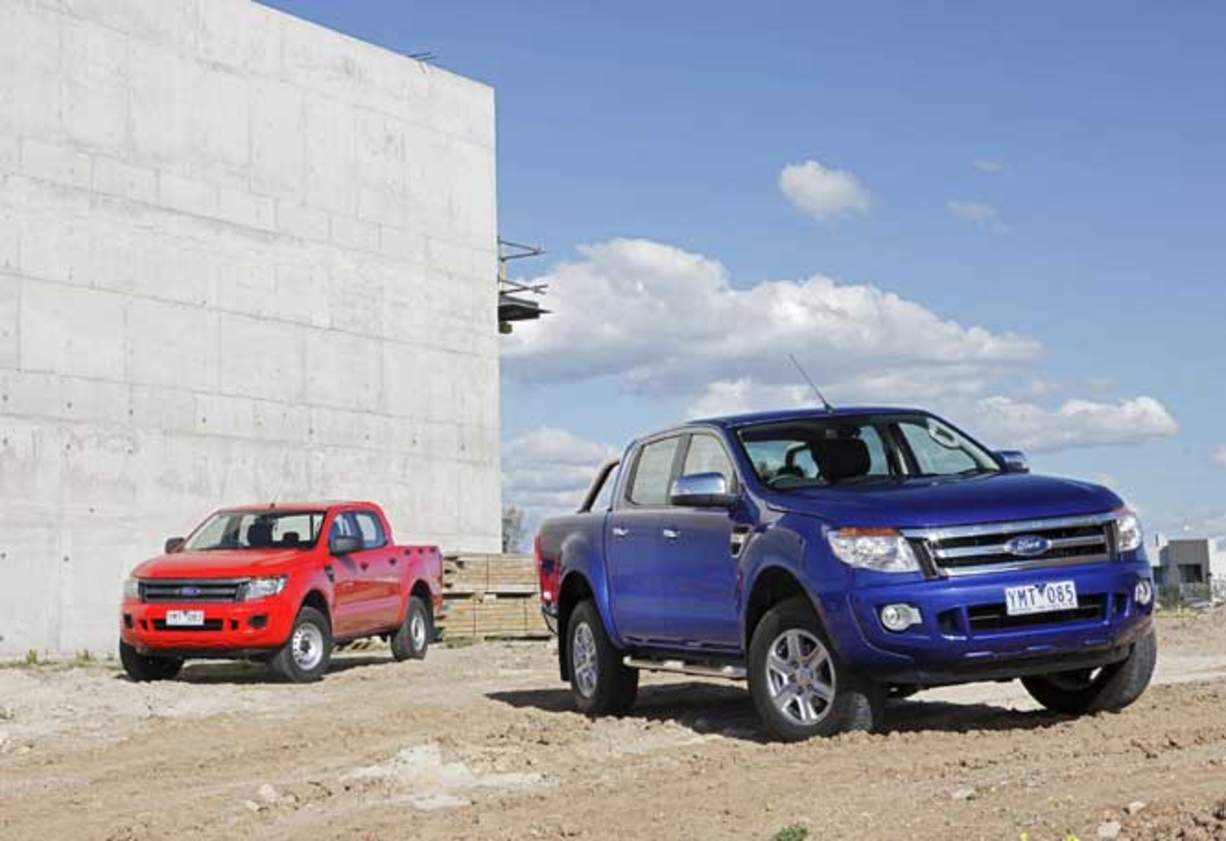
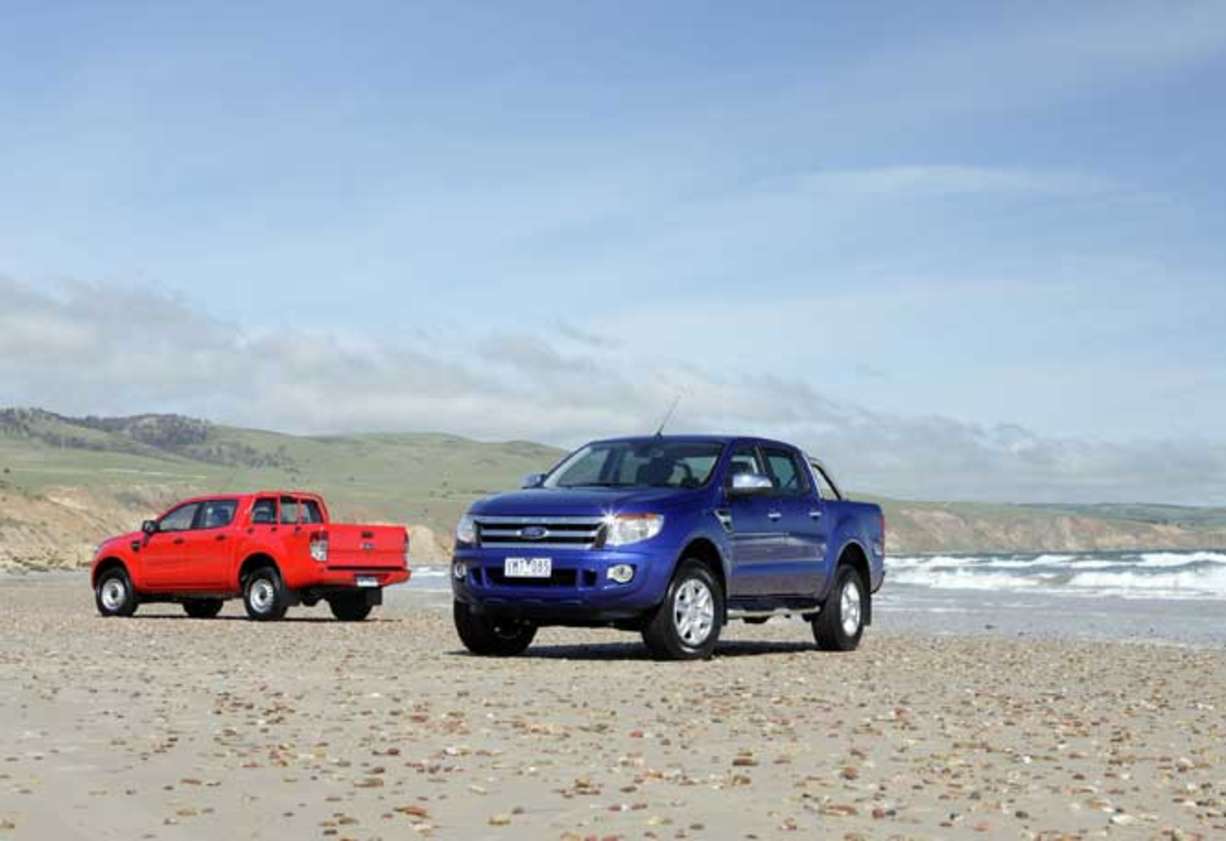



















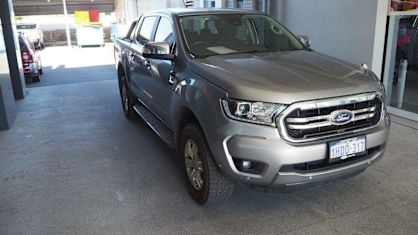


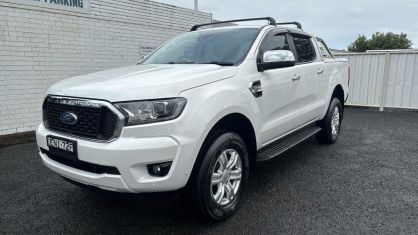


.jpg)

.jpg)
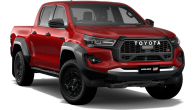
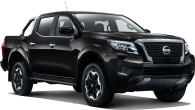
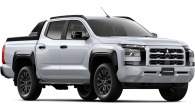
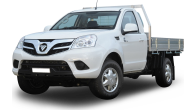

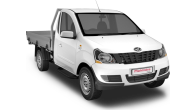



.jpg)
.jpg)


